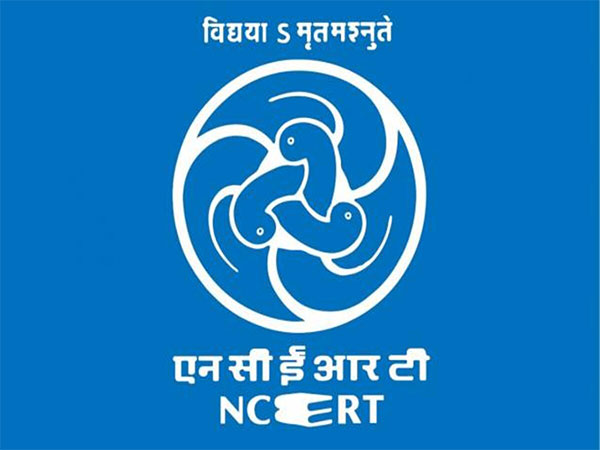
No Border Is Visible From Space: IAF Group Captain Shukla’s Words Find Place In Grade 5 NCERT Book
“The Earth looks completely one; no border is visible from outside”–these powerful words by Group Captain Shubhanshu Shukla, the first Indian to reach the International Space Station, are mentioned in a recently released Class 5 textbook by NCERT.
The quote, part of a conversation between Group Captain Shukla and then Prime Minister Narendra Modi, appears in the chapter Earth, “Our Shared Home” in the Environmental Studies book, “Our Wondrous World”.
Recounting his experience of seeing Earth from space, Shukla said, “It seems that no border exists, no state exists, no countries exist. We all are part of humanity, and the Earth is our one home, and all of us are in it.”
Shukla completed a landmark 18-day mission aboard the International Space Station (ISS) on July 15, becoming the first Indian in over four decades to set foot on the orbital outpost.
Designed for Grade 5 students, the TWAU (The World Around Us) textbook is part of a larger pedagogical shift guided by NEP 2020. It integrates Science, Social Science, and Environmental Studies into a single narrative aimed at fostering observation, inquiry, and ethical reasoning.
It presents a unified approach to teaching science, social science and environmental studies through stories, hands-on activities, and real-world connections.
Among the content featured in the book is DIGIPIN, a digital address system that assigns a unique 10-character code to every location in India, helping postmen, ambulances, and delivery agents locate even remote homes or schools more easily.
In Chapter 2, students embark on a geographical journey along the Godavari River, learning about the Brahmagiri Hills, Coringa Wildlife Sanctuary, and initiatives such as the Namami Gange Programme. Flood safety tips appear in another section, equipping students with essential life skills.
Chapter 3 introduces students to microbes, food preservation methods such as drying, pickling and refrigeration, and health concepts like oral hygiene and choking hazards.
In the chapter Our Vibrant Country, students explore India’s rich culture through national symbols, traditional dress, monuments, regional dances, and a currency note activity that helps decode cultural elements.
The textbook also brings in inspirational stories of national icons like APJ Abdul Kalam, Bhagat Singh, Rani Lakshmibai and Chhatrapati Shivaji.
A chapter titled “Some Unique Places” takes students on a travelogue across India, highlighting the Sundarbans, North-East India, eco-friendly architecture, local innovations, and biodiversity.
It mentions Bhut Jolokia from Assam, coir crafts from Kerala, and the Kailashnatha temple in Maharashtra. Side notes throughout the book provide nuggets of general knowledge, from Wular Lake in Kashmir and the Statue of Unity to Hiware Bazar in Maharashtra and Majuli Island in Assam.
With a blend of nature walks, interviews, model-making and journal-writing, the book promotes inquiry-led learning.
Students are guided to observe, hypothesise, test and conclude, while understanding the interdependence of people and nature. The textbook also encourages them to document seasonal changes and reflect on their experiences, while appreciating India’s diversity and the unity of the planet. (ANI)



